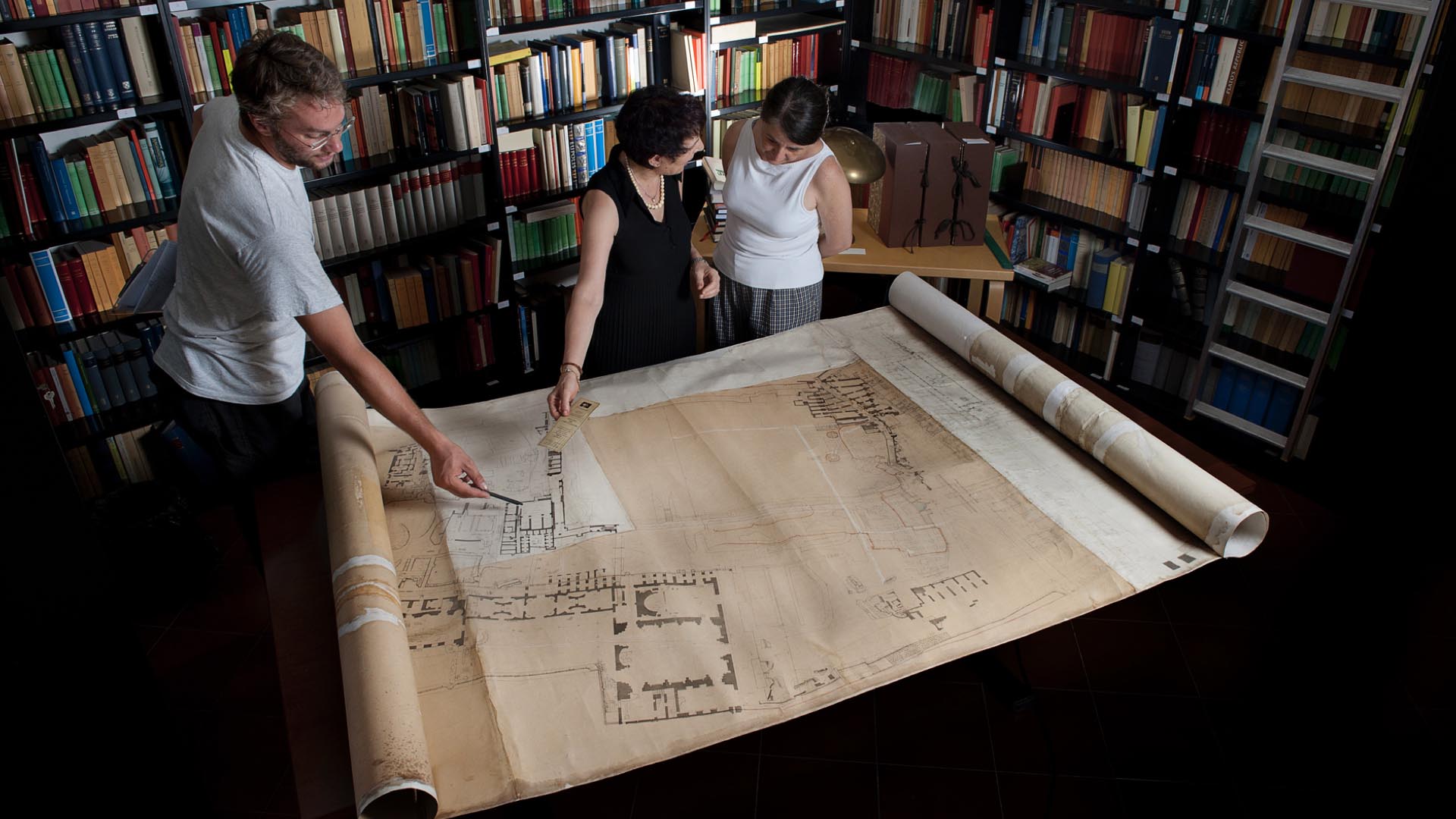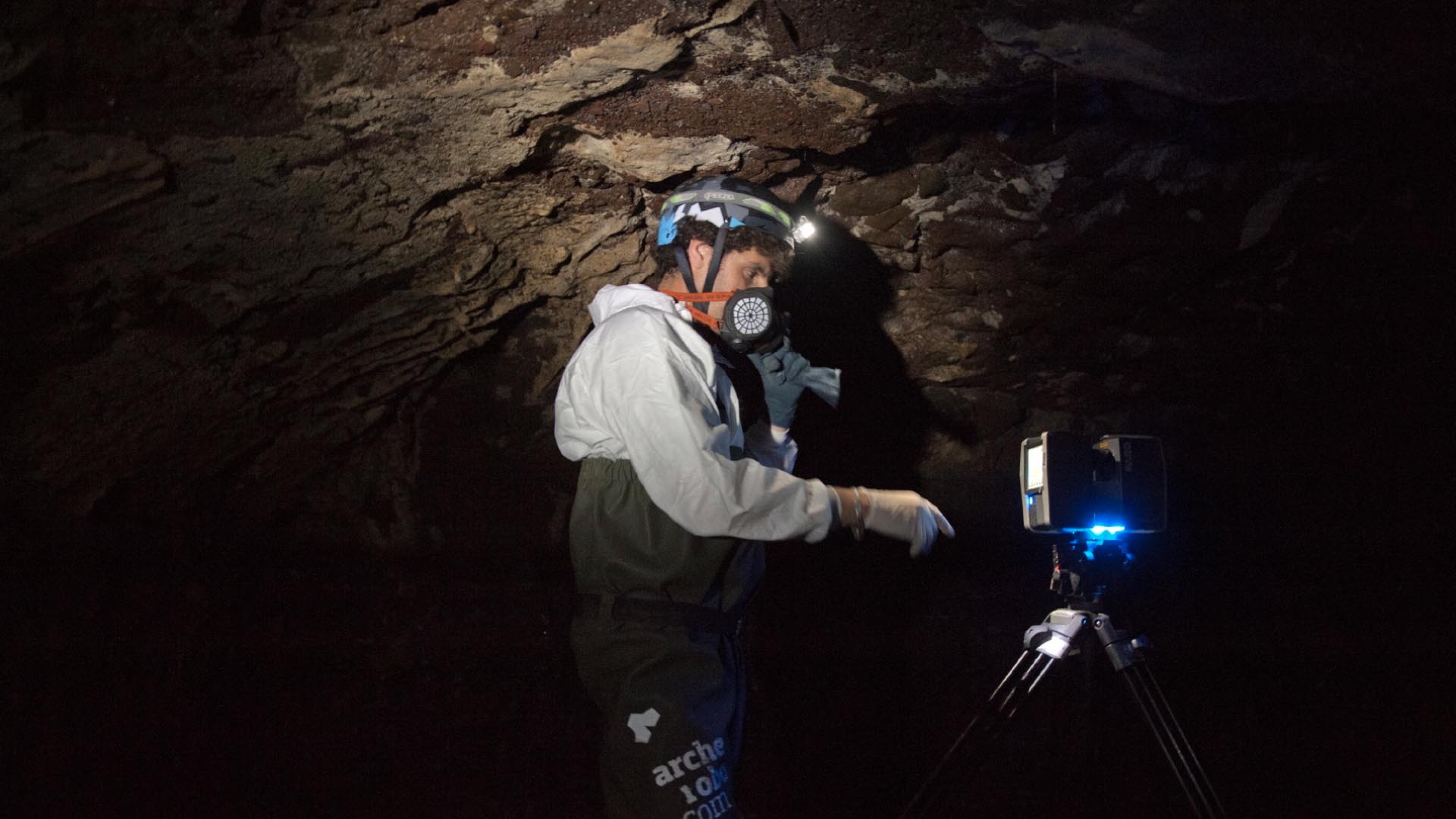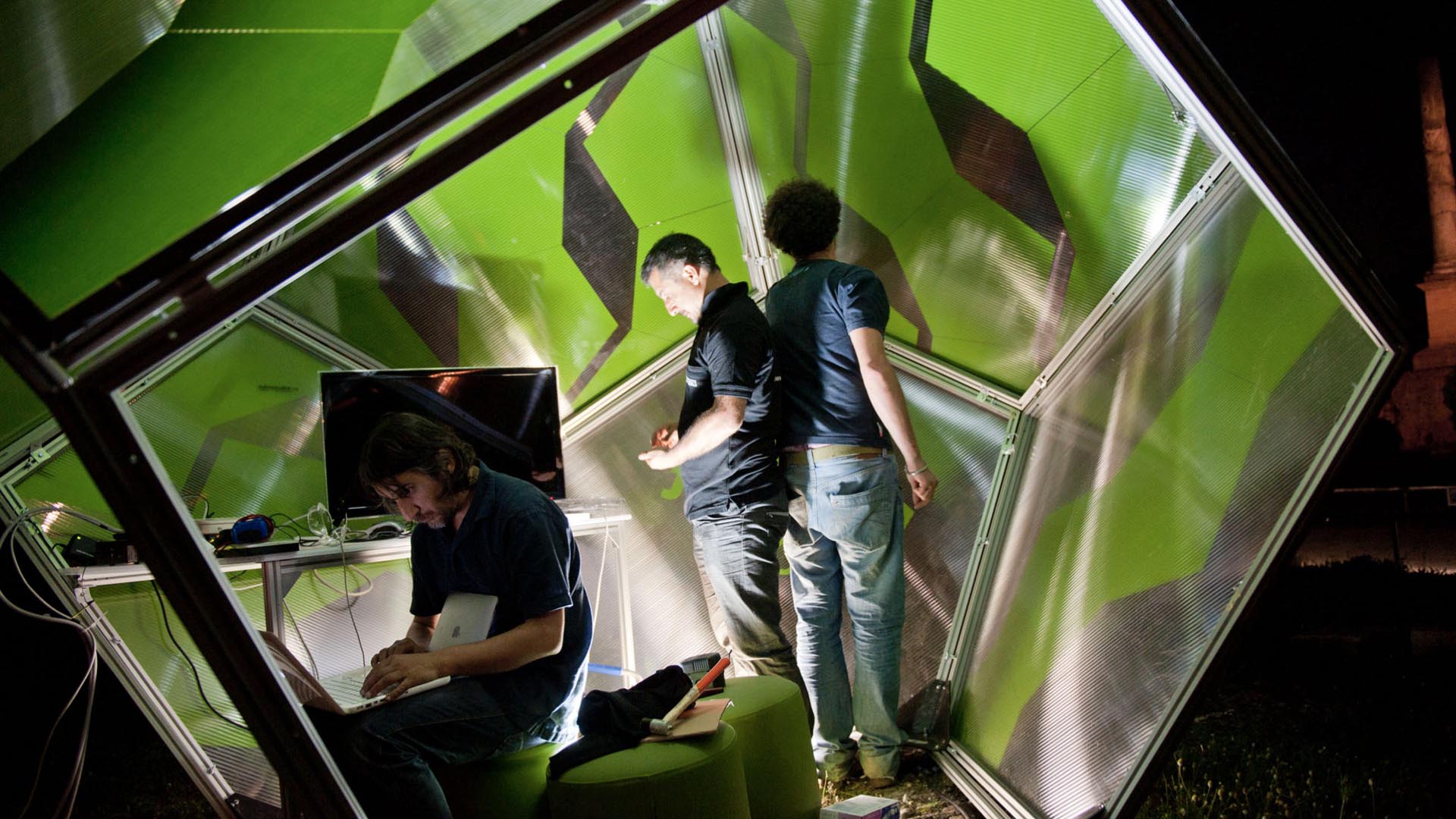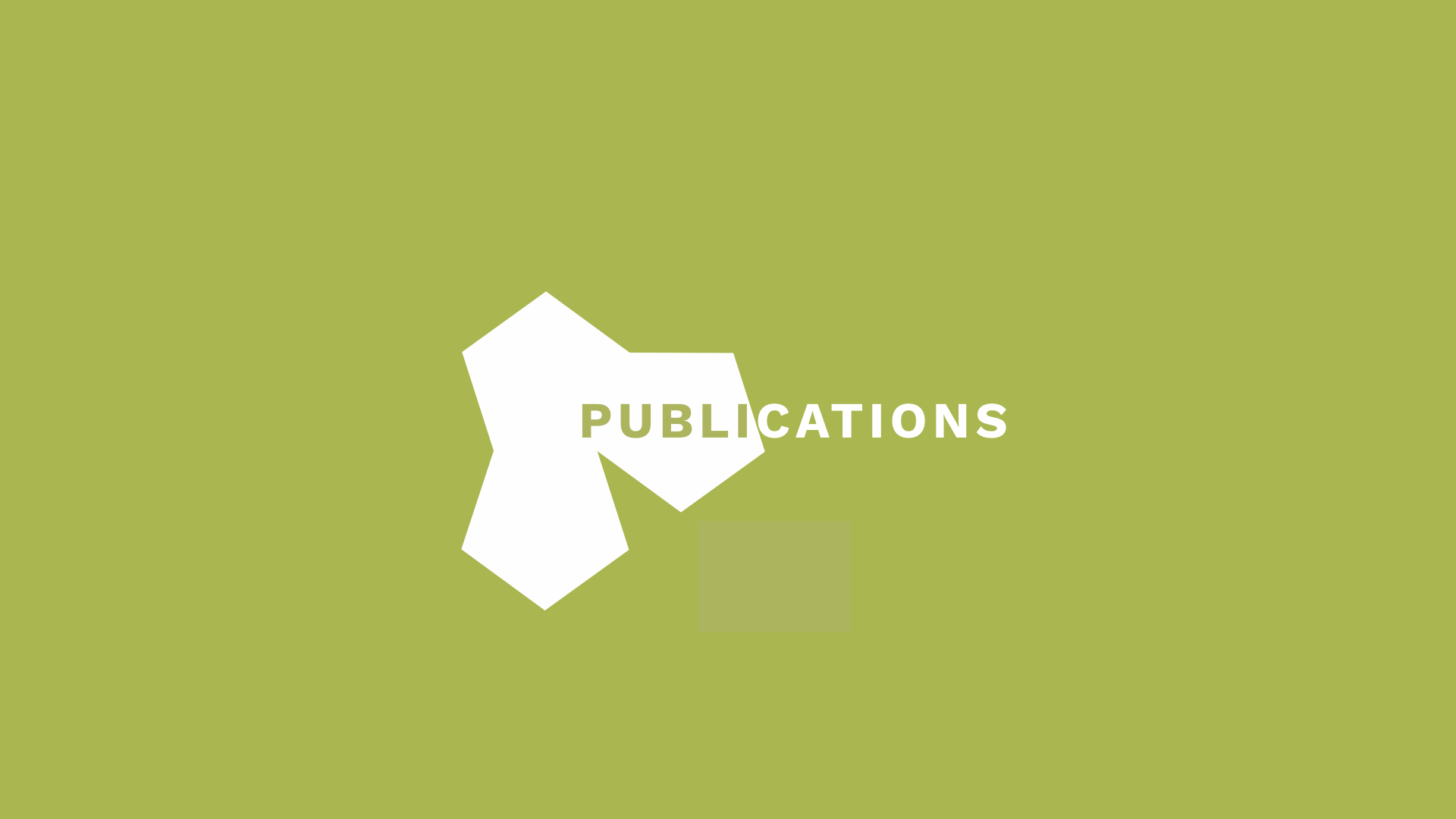Digital Preservation: The Cloaca Massima
Soprintendenza Speciale per i Beni Archeologici di Roma
Rome, Italy
At the end of the 19th century, architect Giacomo Boni excavated for the first time in centuries the Roman Forum sewer system, known as Cloaca Massima. His work is nowadays one of the most comprehensive studies on the archeological site and the subterranean monument.
More than 100 years later, Boni’s legacy has been recovered by the archeological chief of the Roman Forum, Patrizia Fortini, who relayed on Barcelona based company Indissoluble as technological partner.
This project follows the footsteps of Boni’s research, and compares his handmade drawings, plans and pictures with the data gathered using cutting-edge digital technologies.
GOALS
The aim of this new study is to document the state of repair of the Cloaca Massima, with three applications in mind. First of all, it has a technical purpose: as the monument is going to be closed due to its risk of collapse. Second, there is a scientific interest to determine new archeological discoveries. And finally there’s also a public function, because this project will be the base for further publications and exhibits on ancient Rome knowledge.
SCANNING PROCESS
All papers from Boni’s archives were digitalized by Archeolectio, a taylor-made scanner able to cover a 4×3 meters area. Those documents were basic to create Cloaca Massima’s new cartography.
With this purpose in mind, Indissoluble used a Focus 3D laser scanner to get tridimensional models of the main subterranean ducts, and its connections with the surface. The unusual scanning conditions due to the peculiarity of the space: no light inside, narrow and flooded ducts, were a challenge that Indissoluble overcame successfully.
The process was carried out by a team of architects from this Barcelona’s studio and speleologist from Rome’s Underground Office (Soterranei di Roma). The supervision relied on archeologist from the department of Rome’s heritage (Soprintendenza Speciale per i Beni Archeologici di Roma). The project was also sponsored by National Geographic España.
Comparing the new scans with ancient plans and pictures show how the space has changed within the last decades, especially because of the increase of waste at drains. The new plans also corroborate the amazing accuracy of Boni’s handmade 19th century documents.
ARCHEOROBOT
Apart from the laser scanning, Indissoluble also designed and produced a control remote robot that explored the tiniest ducts that were inaccessible to human beings. The first version of Archeorobot was equipped with cameras and geo-referential and environmental sensors.
For the first time, archeologists had information about the materials, the building systems and the state of repair of the secondary ducts.
The Archeorobot was operated from a dodecahedral booth. And it had, also, promotional purposes because it was visible for all visitors while being part of the Forum’s environment.



All of Boni’s archive documents are digitalised with Archeolectio, a tailor made scanner that covers a 5×3,5 metre surface. These maps are used as a base for the new cartography studies.
A Focus 3D laser scan is used for the digital mapping. It provides three-dimensional models of the main channels and their links to surface. The scanning process is done on exceptional conditions, for it takes place inside of narrow roman sewage channels, completely dark and partially flooded.
Comparing scans with old maps and pictures, the changes suffered by these spaces in the last decades are revealed. Meanly these changes are due to waste accumulation. Digital documentation also corroborates the amazing precision of Boni’s maps.

Archeolectio is a large scan for large documents that generates high definition images. It reproduces documents on a very reliable basis thanks to the use of color and geometry control programs. Two large zenital objectives capture the documents with an amount of shots according to their format. With this method, image quality, resolution, field depth and colour are perfectly uniform on the whole surface.




A georeferenced mapping of the main channel is created from the different shots taken inside. The obtained data allow to build a three-dimensional model of the space.










In addition to the laser scanning, Indissoluble designs and builds a remote control robot to explore the smallest and inaccessible channels. Archeorobot weighs 5 kgs and is 40 cm long, it carries cameras and sensors that gather localisation and environmental data as well as high definition cameras and 5 processors for real time data analysing.









A control booth is installed at the Roman Forum to drive Archeorobot and to centralize data. All exploration phases are gathered and analysed here in a joint work between Soprintendenza and Indissoluble.
The cabin is a self bearing polycarbonate dodecahedron that becomes camouflaged at daytime and gets lit at night like its surrounding monuments. The Forum visitors can get to know the research being held underground.










Archeorobot project was published on National Geographic.
You can access the article here.

Client:
Soprintendenza Speciale per i Beni Archeologici di Roma
Date:
2012
Project:
Indissoluble
Project direction:
Juan Roberto Vásquez
Jordi Hernández
